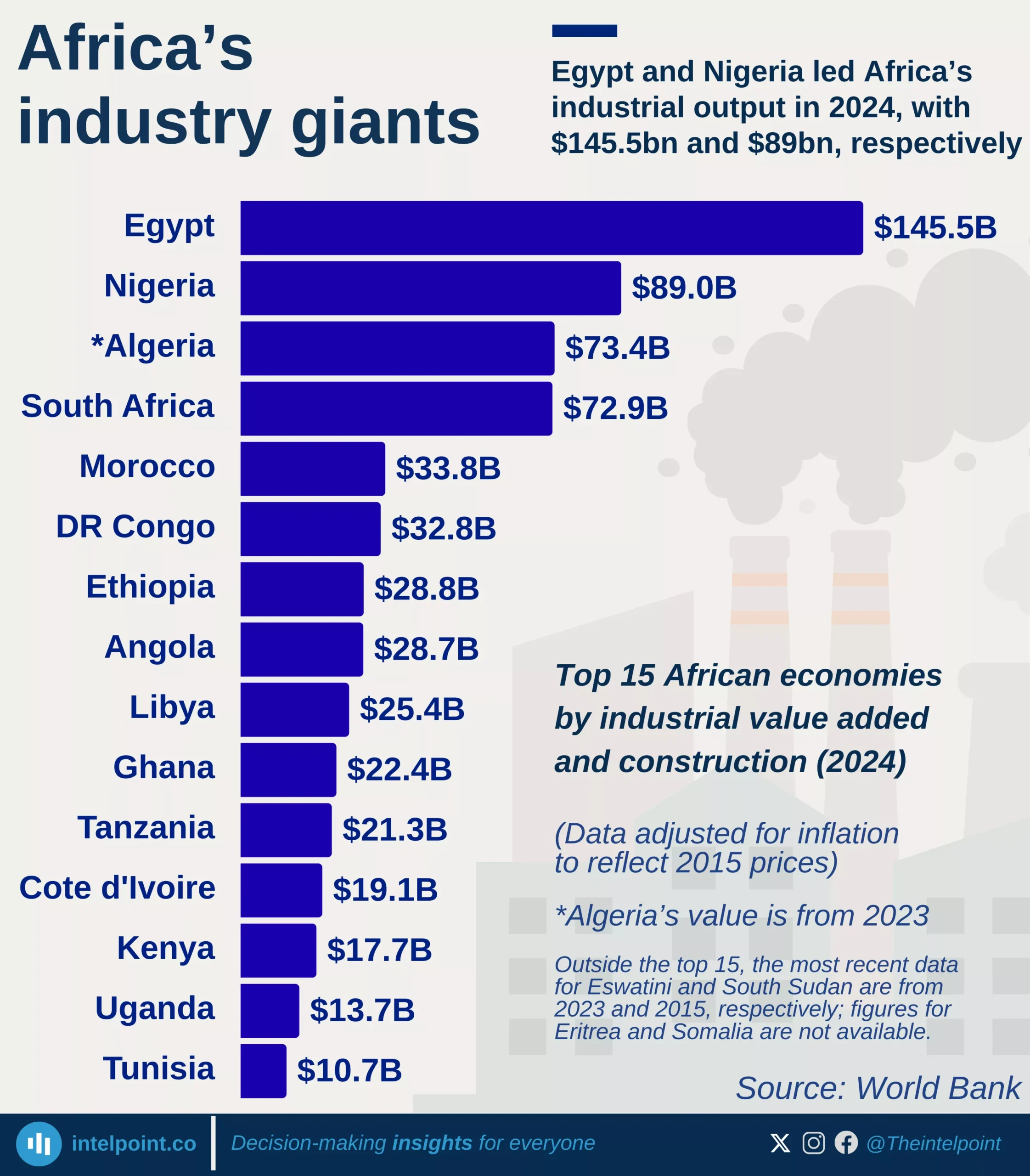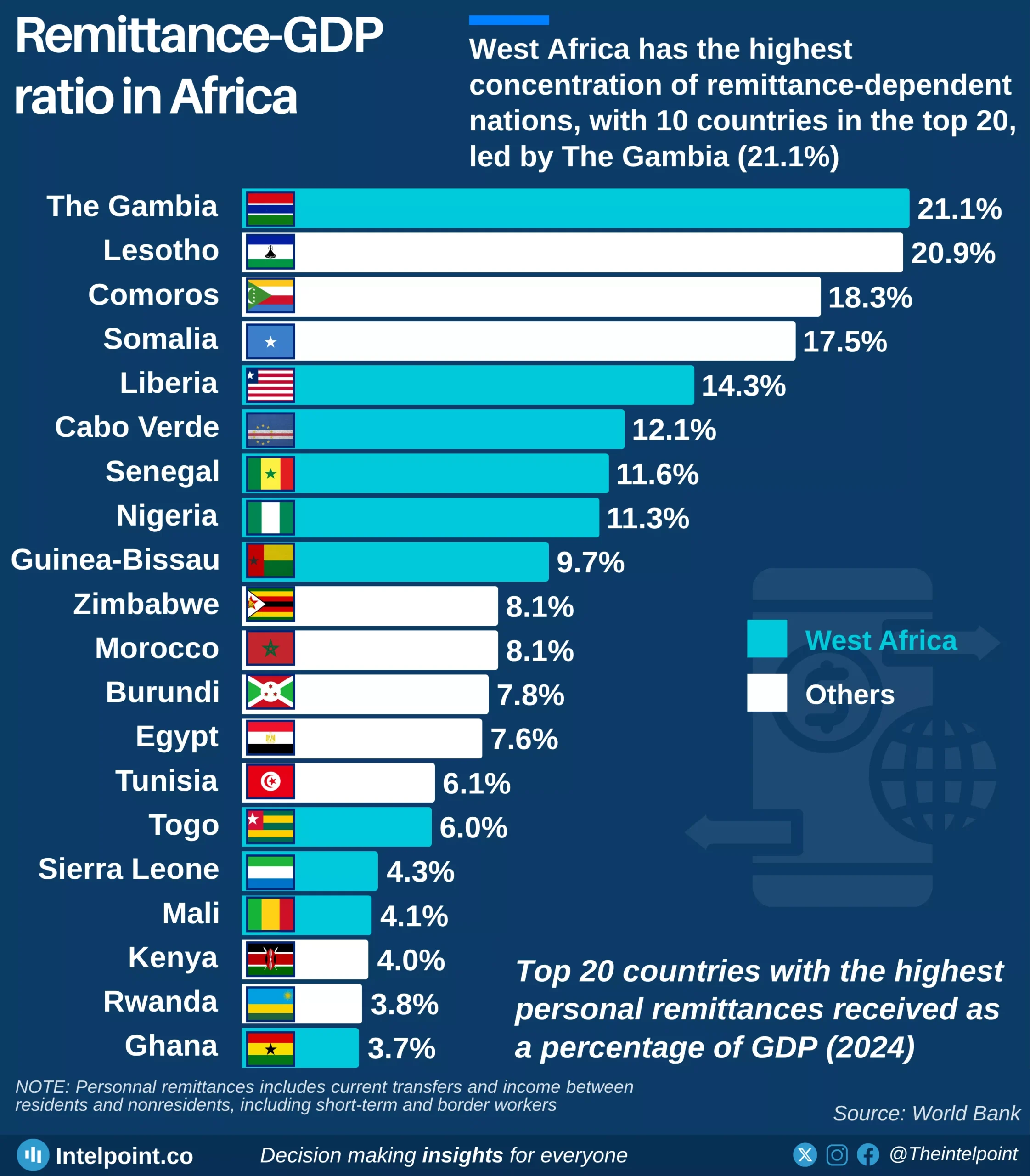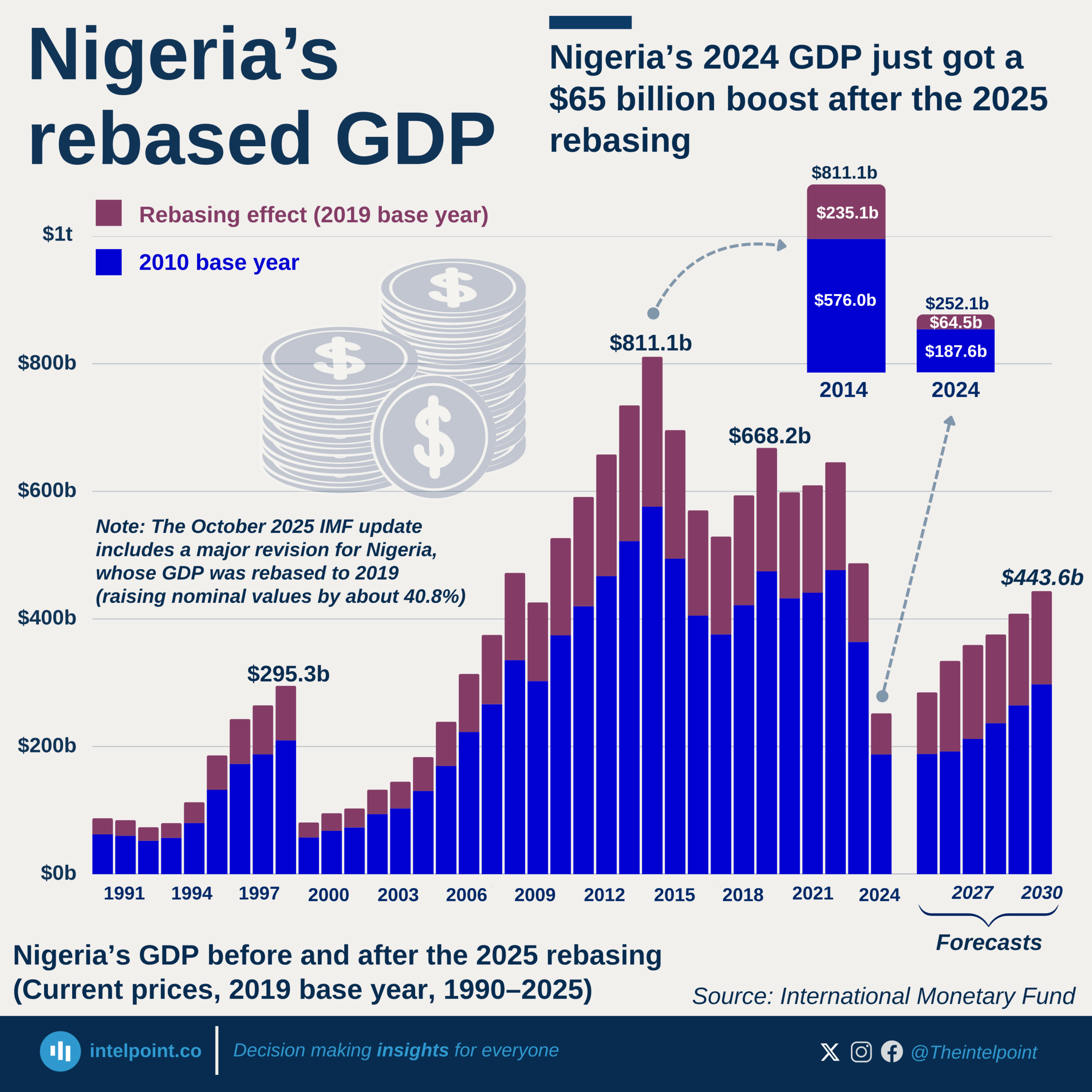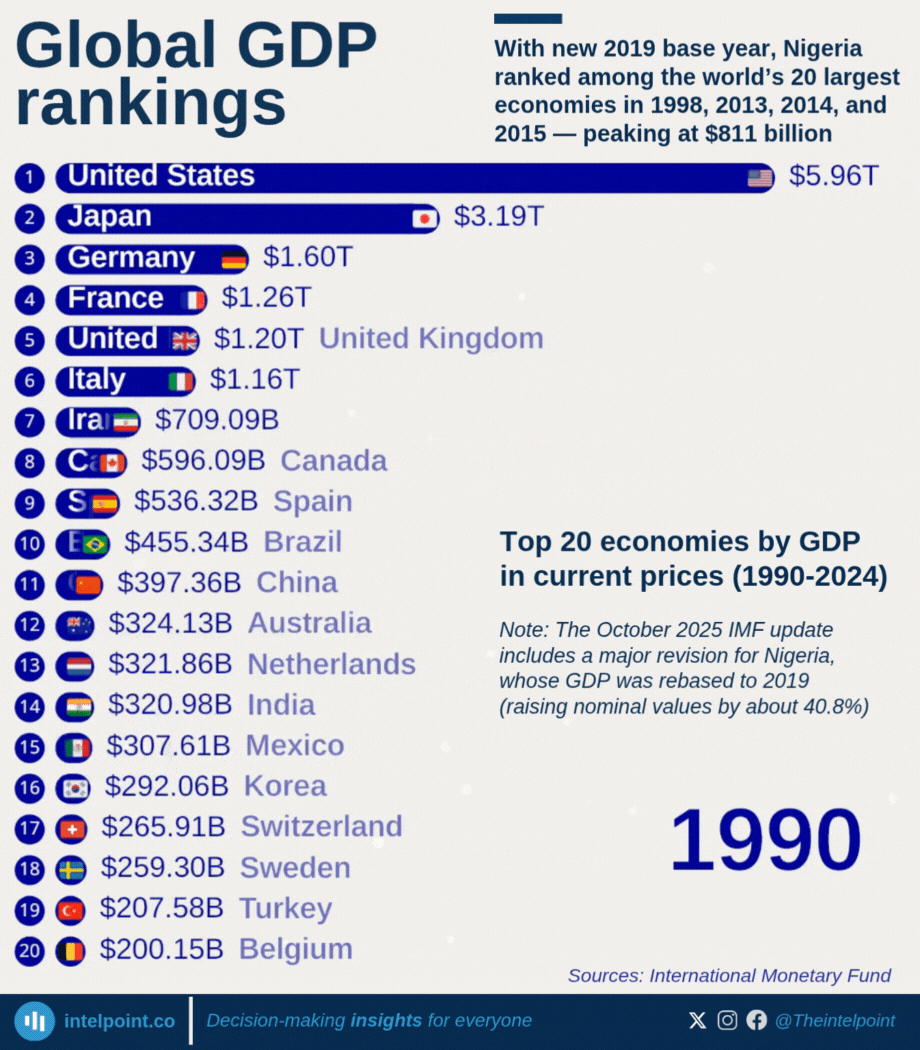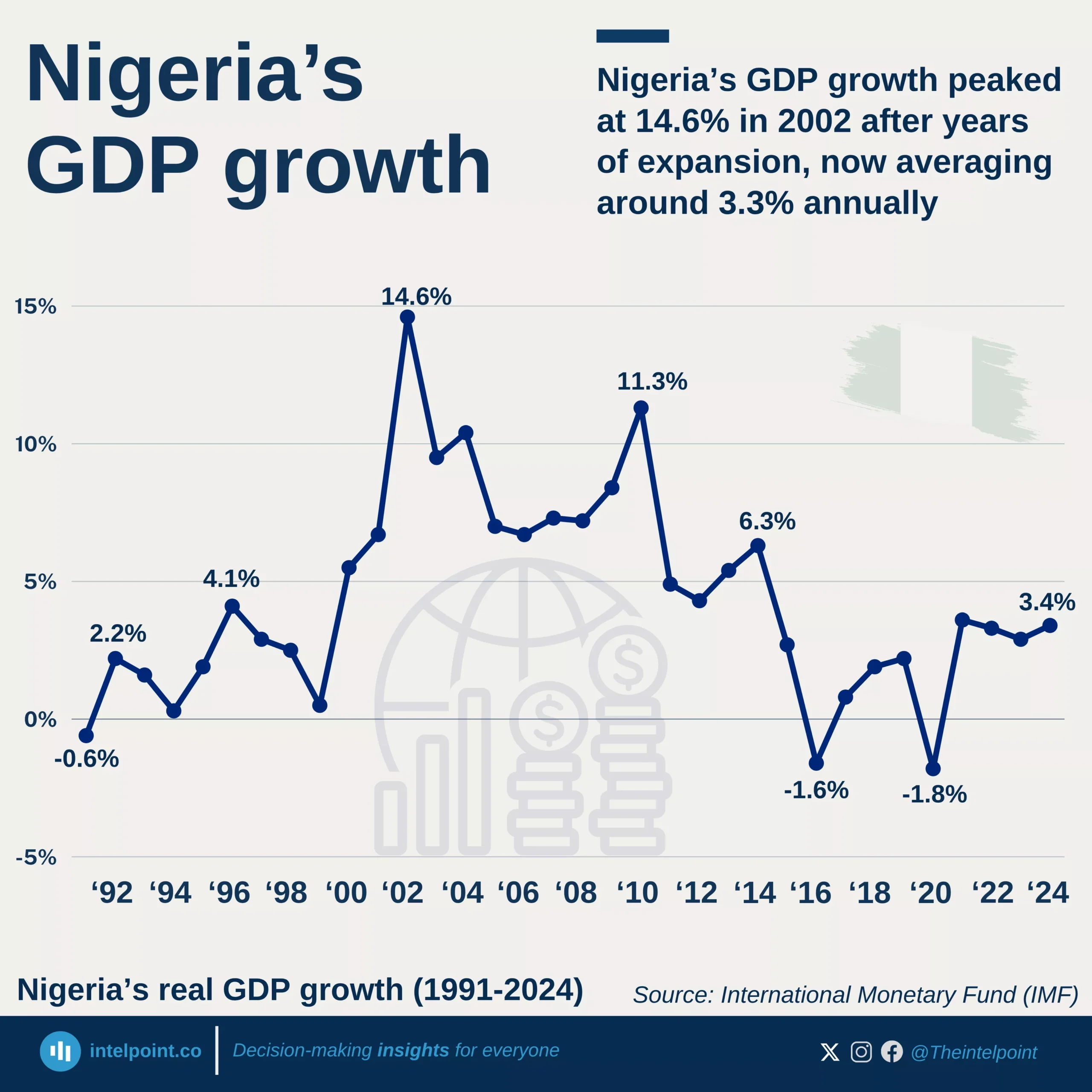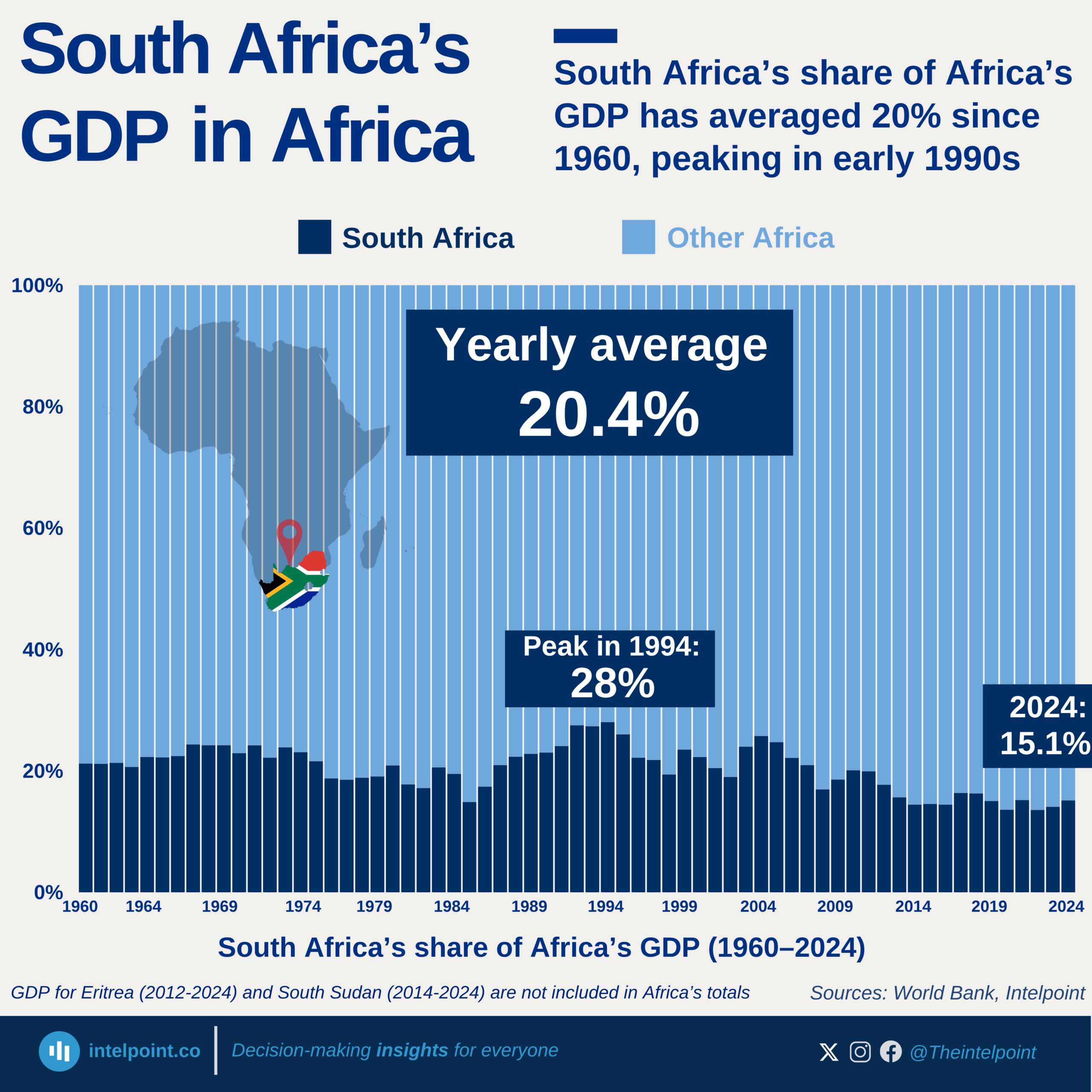Seychelles stands as Africa’s richest country per capita, a position it has held since 2013 when it overtook Libya. This is due to its small population (about 121,000 in 2024) and a reliance on tourism, fisheries, and offshore services.
From just $8.06k in 2000, the economy expanded steadily, peaking at $19.14k in 2019. The pandemic dealt a heavy blow in 2020, resulting in a slash of the GDP per capita by over a quarter.
Despite these challenges, Seychelles has demonstrated resilience, with GDP per capita rebounding to above $18k by 2023, though not yet reaching pre-pandemic highs. This underscores both its vulnerability to external shocks and its capacity to recover.
